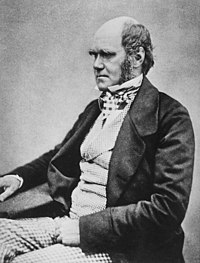
Photo from wikipedia
BACKGROUND AND OBJECTIVES Parkinson's disease is a chronic neurological disorder that directly affects human gait. It leads to slowness of movement, causes muscle rigidity and tremors. Analyzing human gait serves… Click to show full abstract
BACKGROUND AND OBJECTIVES Parkinson's disease is a chronic neurological disorder that directly affects human gait. It leads to slowness of movement, causes muscle rigidity and tremors. Analyzing human gait serves to be useful in studies aiming at early recognition of the disease. In this paper we perform a comparative analysis of various nature inspired algorithms to select optimal features/variables required for aiding in the classification of affected patients from the rest. METHODS For the experiments, we use a real life dataset of 166 people containing both healthy controls and affected people. Following the optimal feature selection process, the dataset is then classified using a neural network. RESULTS AND CONCLUSIONS The experimental results show Binary Bat Algorithm outperformed traditional techniques like Particle Swarm Optimization (PSO), Genetic Algorithm and Modified Cuckoo Search Algorithm with a competitive recognition rate on the dataset of selected features. We compare this through different criteria like cross-validated accuracies, true positive rates, false positive rates, positive predicted values and negative predicted values.
Journal Title: Computer methods and programs in biomedicine
Year Published: 2017
Link to full text (if available)
Share on Social Media: Sign Up to like & get
recommendations!